
Navigating the modern world’s relentless pace requires more than just juggling tasks; it demands a skillful mastery of time itself. Time management is the linchpin that holds productivity, success, and even well-being together. In this era of constant connectivity and endless distractions, the pursuit of effective time management has become paramount.
Fortunately, a treasure trove of wisdom awaits within the pages of some of the finest best time management books ever written. These literary guides offer insights, strategies, and transformative techniques that can empower individuals to seize control of their time, enhance productivity, and achieve their most audacious goals.
In the following pages, we embark on a journey through the realm of time management literature, exploring the advantages presented by the 15 best time management books. From mastering the art of focused work and overcoming procrastination to cultivating habits that stand as pillars of efficiency, these books offer a roadmap to help individuals not just survive, but thrive, in the intricate tapestry of their daily lives.
Whether you’re a student grappling with deadlines, a professional aiming for career ascension, or simply someone striving for a more balanced existence, these time management books hold the keys to unlocking the full potential of your time.
15 Best Time Management Books:
-
“Getting Things Done” by David Allen:
Considered a classic in the realm of time management, this book introduces the GTD methodology, which emphasizes capturing and organizing tasks, projects, and ideas to enhance productivity.
Advantage:
“Getting Things Done” is a groundbreaking book that introduces the GTD methodology, providing a comprehensive system to manage tasks, projects, and ideas. The advantage lies in its actionable approach to organizing information, reducing mental clutter, and increasing overall productivity. By capturing tasks and ideas in an organized manner, readers experience reduced stress, improved focus, and enhanced efficiency in both personal and professional endeavors.

-
“Eat That Frog!” by Brian Tracy:
In this book, Tracy shares his renowned technique of tackling the most challenging task of the day – the “frog” – to boost productivity and create a sense of accomplishment.
Advantage:
Brian Tracy’s book offers a simple yet effective strategy for tackling challenging tasks early in the day. The advantage of this approach is that it helps individuals overcome procrastination, boost their motivation, and experience a sense of accomplishment. By prioritizing tasks based on importance and impact, readers can streamline their workflow and achieve more with less stress.
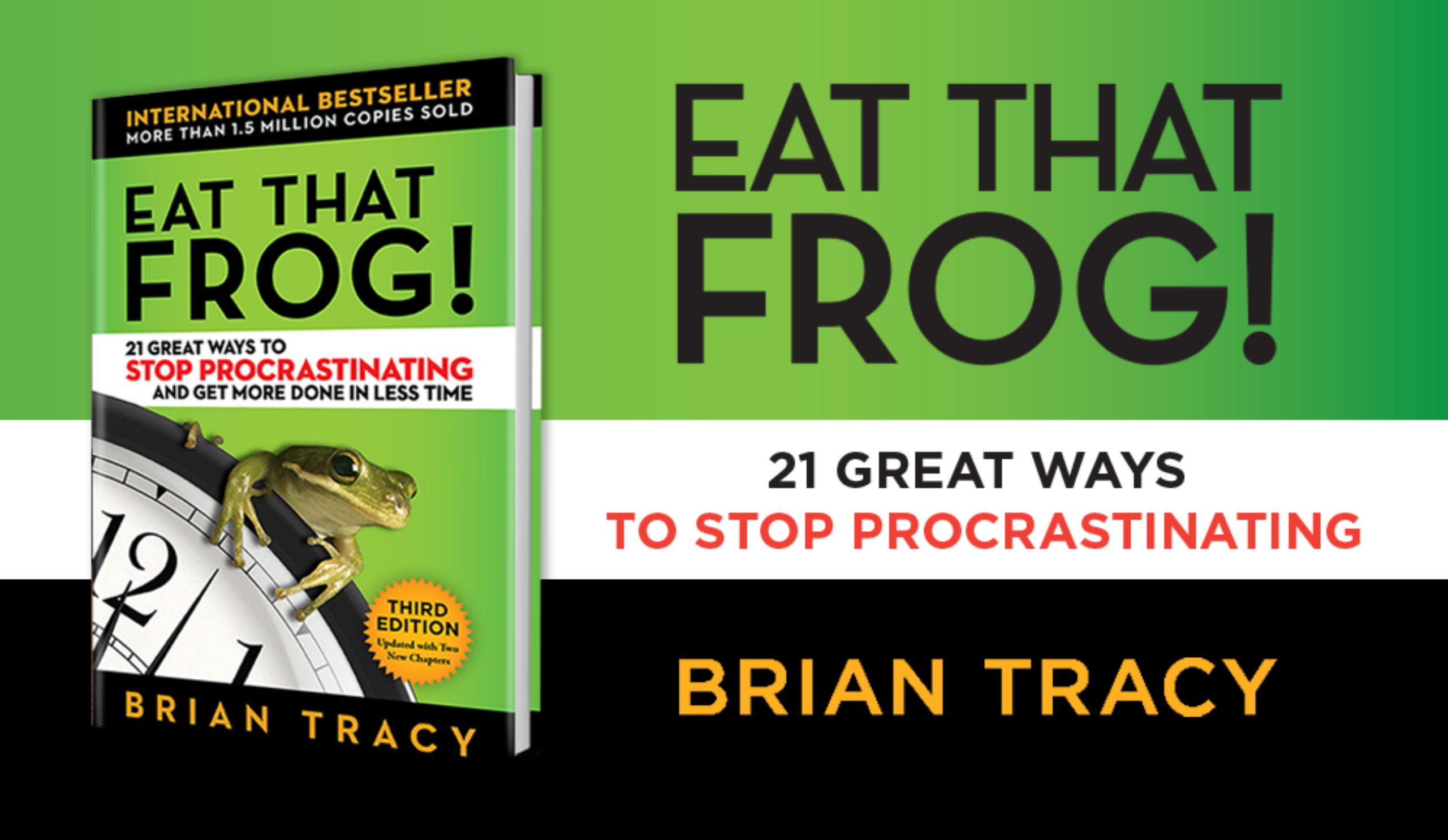
-
“The 7 Habits of Highly Effective People” by Stephen R. Covey:
While not solely focused on time management, this book outlines habits that can transform your approach to productivity, including prioritization and goal setting.
Advantage:
Covey’s book outlines seven foundational habits that lead to personal and professional effectiveness. The advantage lies in its holistic approach to time management, emphasizing principles such as proactivity, prioritization, and synergistic collaboration. By adopting these habits, individuals can develop a balanced and sustainable approach to managing their time and achieving meaningful results.
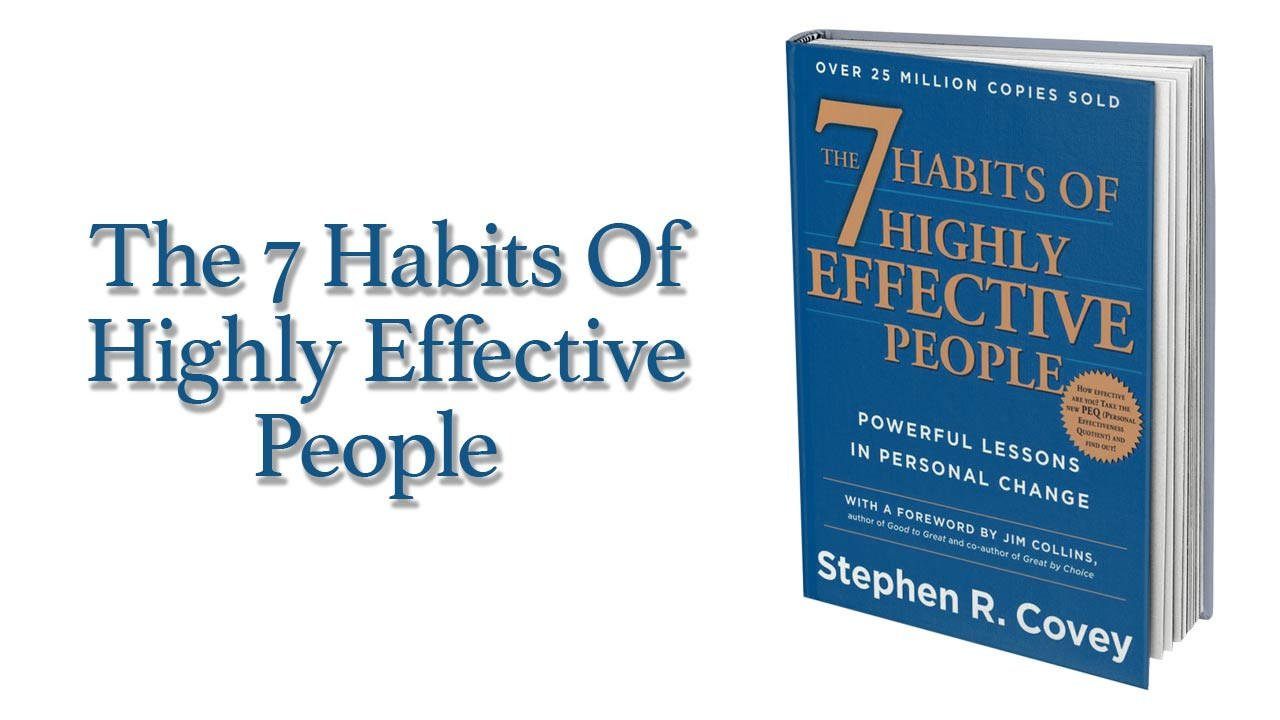
-
“Atomic Habits” by James Clear:
Clear explains how small changes in habits can lead to significant improvements in time management and productivity, highlighting the power of incremental progress.
Advantage:
“Atomic Habits” focuses on the power of small habits to drive significant changes. The advantage lies in Clear’s explanation of habit formation and how individuals can leverage these principles to improve time management. By making incremental changes to their routines, readers can cultivate productive habits that lead to long-term success.

-
“Deep Work” by Cal Newport:
This book explores the benefits of deep, focused work and provides strategies for minimizing distractions and maximizing the value of your time and efforts.
Advantage:
Cal Newport’s book advocates for the importance of focused, distraction-free work. The advantage here is the emphasis on quality over quantity in terms of time spent on tasks. By incorporating deep work sessions into their schedules, readers can produce higher-quality output and achieve more in less time.

-
“The Power of Habit” by Charles Duhigg:
Duhigg delves into the science of habit formation and how understanding and manipulating habits can positively impact your time management skills.
Advantage:
Understanding and modifying habits is the key advantage of “The Power of Habit.” By recognizing how habits shape behaviors, readers can replace unproductive habits with positive ones, ultimately enhancing their time management skills and overall productivity.

-
“Make Time” by Jake Knapp and John Zeratsky:
Knapp and Zeratsky offer practical advice on how to redesign your daily routine to make time for what truly matters, eliminating time-wasting activities.
Advantage:
“Make Time” offers a practical approach to redesigning daily routines. The advantage is in its actionable strategies for eliminating distractions, finding focus, and creating time for important tasks. Readers can reclaim their time and align their activities with their values.
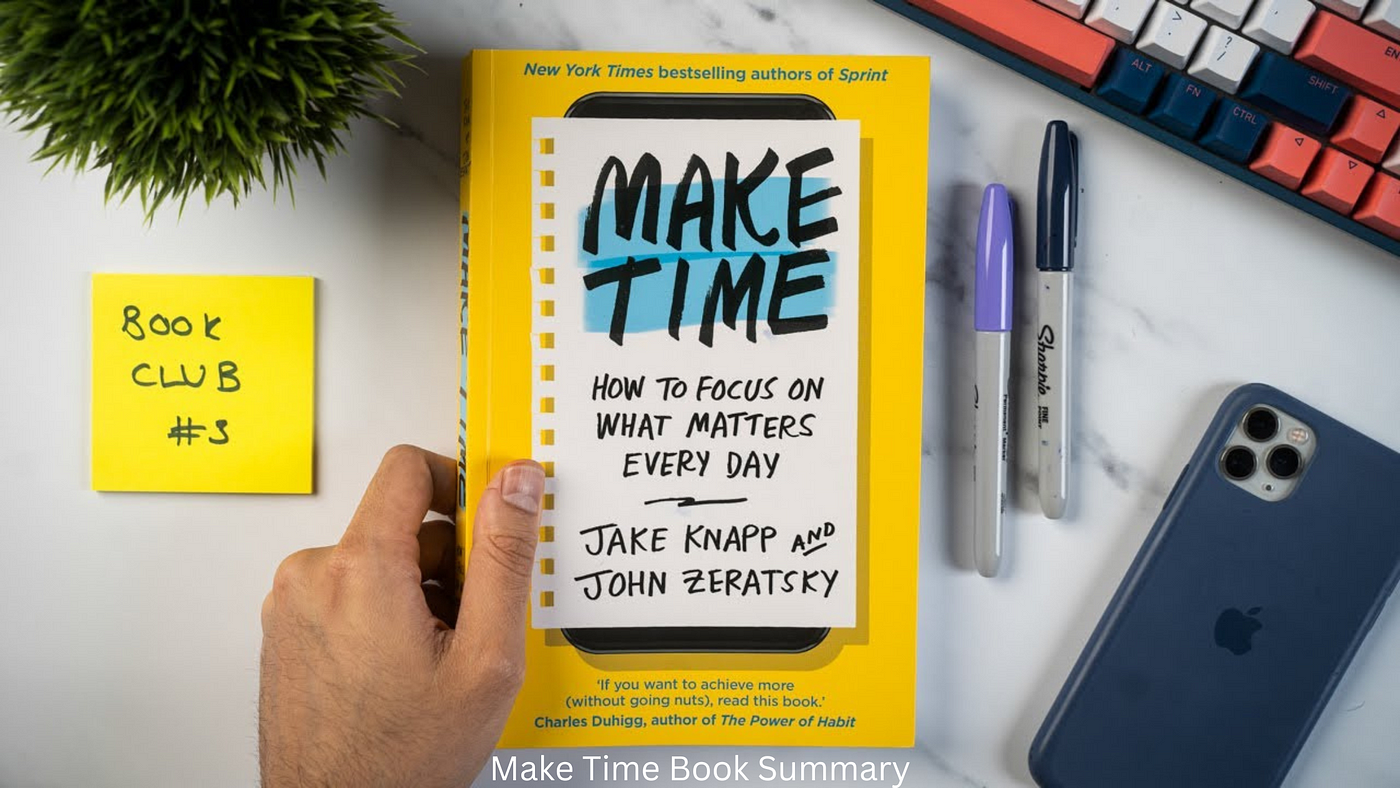
-
“Indistractable” by Nir Eyal:
In a world full of distractions, Eyal’s book provides insights into how to regain control over your attention and manage your time effectively in the age of constant connectivity.
Advantage:
In an age of constant connectivity, the advantage of “Indistractable” is its guidance on regaining control over attention. By implementing techniques to manage digital distractions, readers can allocate their time more intentionally and achieve greater productivity.

-
“The One Thing” by Gary Keller and Jay Papasan:
Focusing on the concept of prioritization, this book advocates for identifying the one crucial task that will have the most significant impact on your goals.
Advantage:
Focusing on one key task at a time is the advantage of “The One Thing.” By identifying tasks with the most impact, readers can simplify their priorities and maximize their productivity.
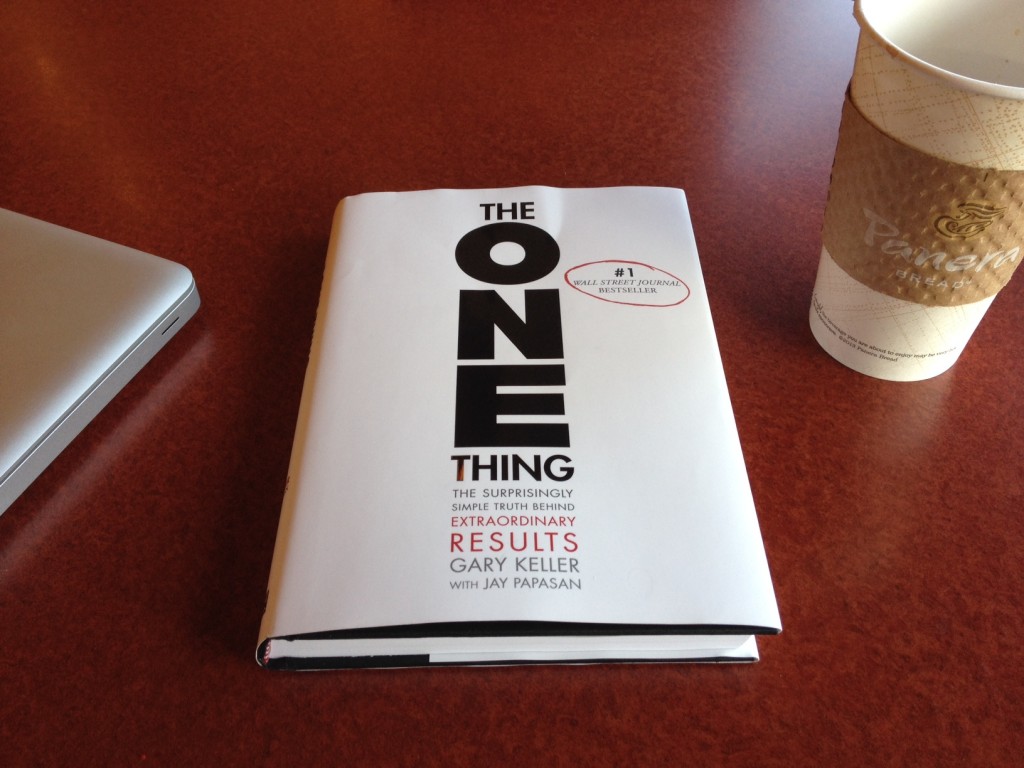
-
“Time Warrior” by Steve Chandler:
Chandler presents a unique perspective on time management, encouraging readers to view time as a resource to be used wisely and strategically.
Advantage:
The advantage of “Time Warrior” is its unique perspective on time as a strategic resource. By adopting a warrior mindset, readers can approach time management with purpose and intention, leading to greater efficiency and effectiveness.
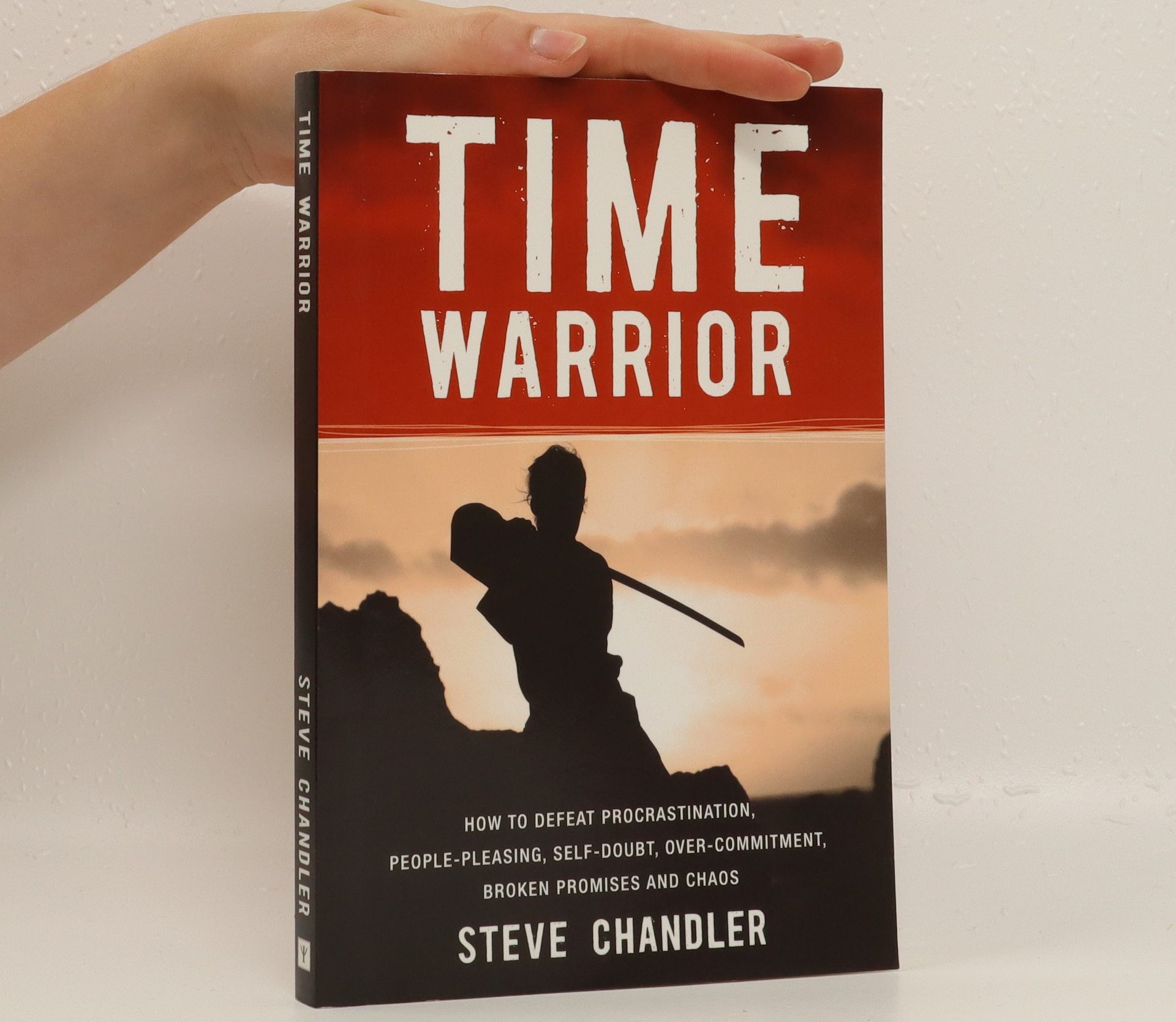
-
“The Pomodoro Technique” by Francesco Cirillo:
This technique involves breaking work into intervals (usually 25 minutes) followed by a short break, promoting sustained focus and enhanced productivity.
Advantage:
Breaking work into focused intervals is the advantage of this technique. By practicing the Pomodoro Technique, readers can enhance their concentration and productivity while preventing burnout.
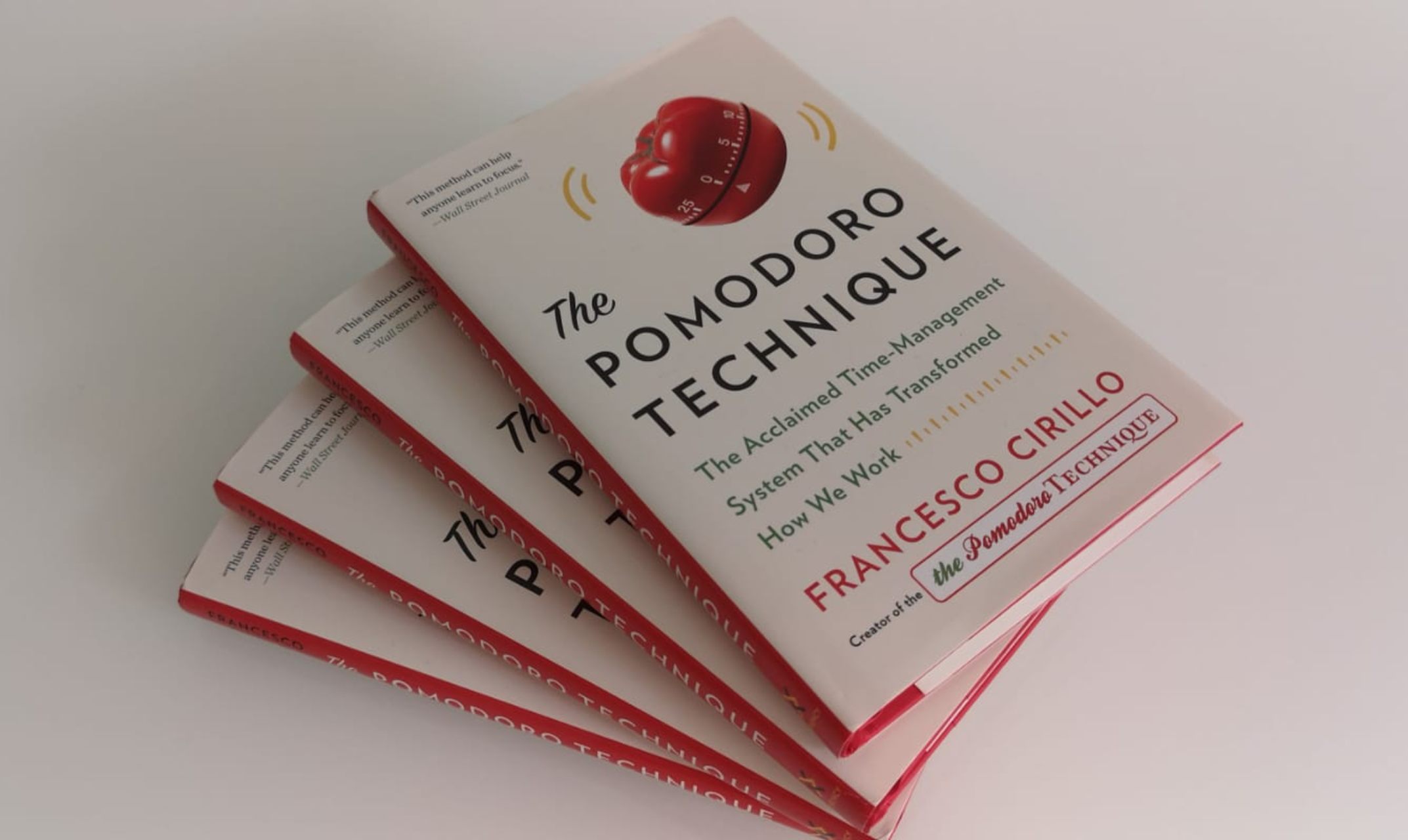
-
“168 Hours” by Laura Vanderkam:
Vanderkam challenges the notion of not having enough time and guides readers in optimizing all 168 hours in a week to achieve work-life balance.
Advantage:
“168 Hours” challenges the notion of time scarcity. The advantage lies in optimizing all hours of the week for work, leisure, and personal growth. Readers can achieve a sense of balance by managing time more intentionally.

-
“Procrastination:Why You Do It, What to Do About It” by Jane B. Burka and Lenora M. Yuen:
Addressing a common time management challenge, this book explores the psychology of procrastination and provides practical strategies to overcome it.
Advantage:
Understanding and overcoming procrastination is the advantage of this book. By delving into the psychological aspects of procrastination, readers can develop strategies to overcome this common time management challenge.

-
“Mindset: The New Psychology of Success” by Carol S. Dweck:
While not a time management book per se, Dweck’s work on developing a growth mindset can positively influence how you approach time management challenges.
Advantage:
Developing a growth mindset is the advantage of this book. By adopting a mindset that embraces challenges and learning, readers can approach time management with resilience and adaptability.
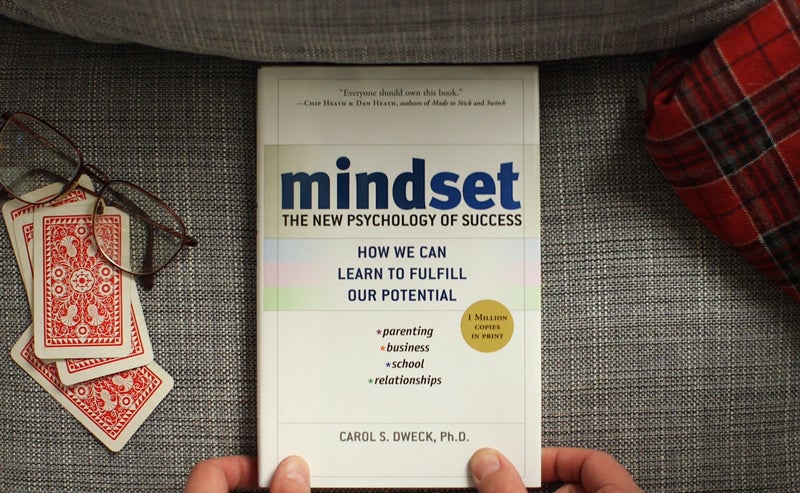
-
“The Now Habit” by Neil Fiore:
Fiore offers a unique perspective on overcoming procrastination by addressing its underlying causes and providing actionable strategies for better time management.
Advantage:
Addressing the root causes of procrastination is the advantage of “The Now Habit.” By understanding the psychological factors that contribute to delaying tasks, readers can implement strategies to enhance their time management skills.
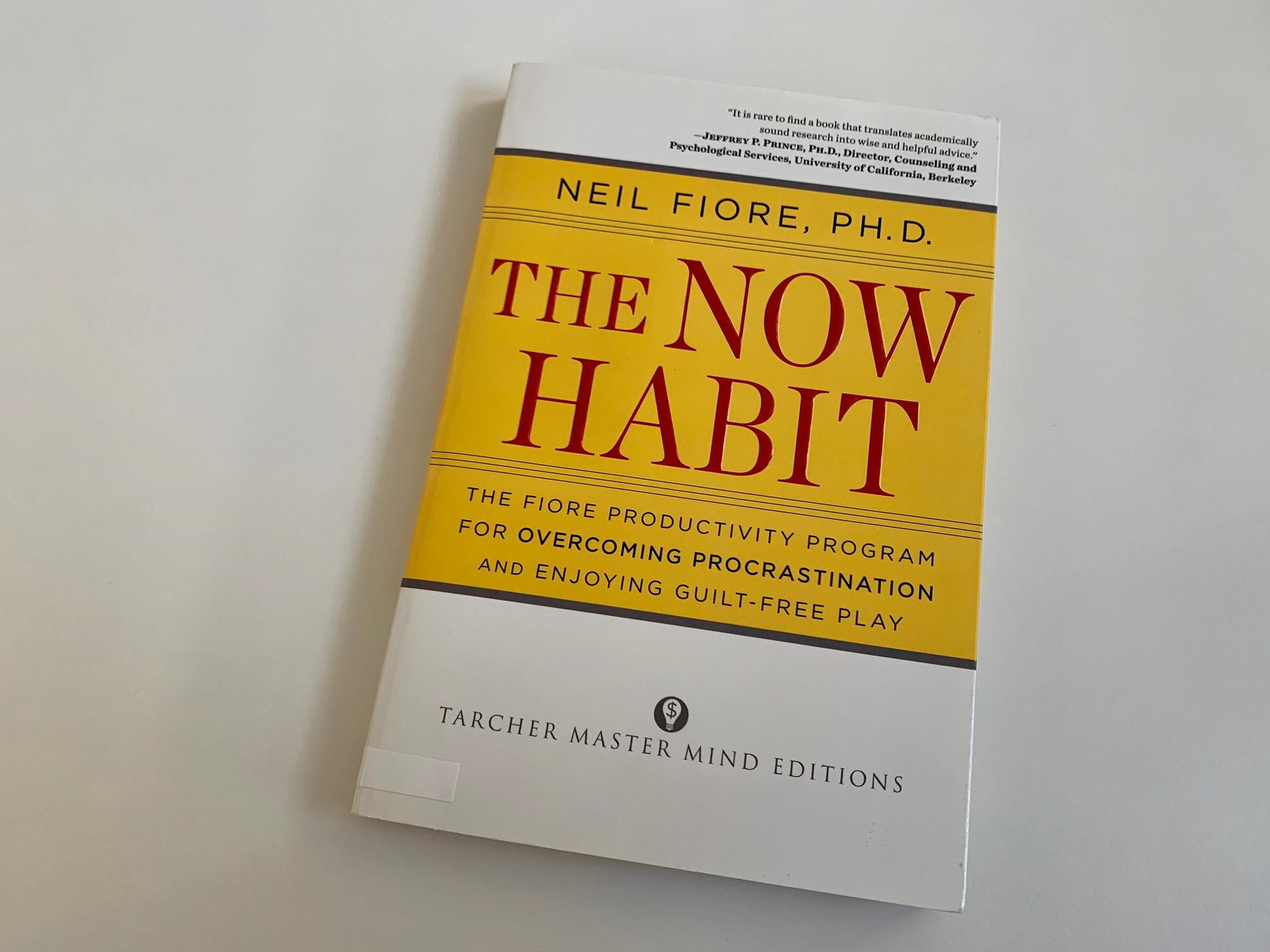
Frequently Ask Questions
1. What is time management PDF?
A time management PDF is a digital document, usually in Portable Document Format (PDF), that provides information, tips, techniques, and strategies for effectively managing one’s time. These PDFs can cover various aspects of time management, such as setting priorities, overcoming procrastination, and optimizing productivity.2. How do I use my time book?
To use a time management book effectively, start by reading it thoroughly to understand the concepts and strategies it presents. Then, identify the techniques that resonate with your needs and goals. Create a plan based on the book’s advice, incorporating strategies like prioritization, scheduling, and minimizing distractions into your daily routine. Regularly revisit the book to reinforce your time management skills and adapt its teachings to your evolving circumstances.3. What are the 4 P’s of time management?
The 4 P’s of time management refer to four key elements: Prioritize, Plan, Perform, and Perfect. These steps involve identifying tasks and goals, planning how to accomplish them, executing the plan, and continually refining your time management skills for better efficiency.4.Is there any book on time management?
Yes, there are numerous books on time management. Some notable titles include “Getting Things Done” by David Allen, “Eat That Frog!” by Brian Tracy, and “The 7 Habits of Highly Effective People” by Stephen R. Covey. These books offer valuable insights and strategies to help you manage your time more effectively.5. Who is the father of time management?
The concept of time management doesn’t have a single attributed “father,” but various individuals have contributed to its development. One notable figure is Alan Lakein, an author and time management expert who popularized many time management techniques.6.Where can I improve time management?
You can improve your time management in various areas of your life, such as work, studies, personal projects, and daily routines. Identify specific tasks or activities where you feel you’re not utilizing time effectively and apply strategies like setting goals, prioritizing tasks, and using techniques to maintain focus.7. What are the 7 time management strategies?
The 7 time management strategies include:
– Setting clear goals
– Prioritizing tasks
– Creating a schedule
– Minimizing distractions
– Delegating tasks
– Using time management tools
– Practicing self-care to maintain productivity.8. How can I improve my time management skills book?
To improve your time management skills through a book, select a reputable resource that resonates with your style and needs. Read it thoroughly, take notes, and implement the strategies it suggests. Consistently apply these strategies, adapt them to your unique circumstances, and regularly review and adjust your approach as needed.9. What are the 5 time management?
The 5 time management techniques include:
– The Eisenhower Matrix: Dividing tasks into four categories based on their urgency and importance.
– The Pomodoro Technique: Working in focused intervals (usually 25 minutes) followed by short breaks.
– Setting SMART goals: Creating specific, measurable, achievable, relevant, and time-bound objectives.
– ABCD method: Assigning priorities (A, B, C, or D) to tasks based on their significance.
– Time blocking: Allocating specific blocks of time for various tasks or activities.10. What are the 9 time management tips?
Some time management tips include:
– Setting clear goals.
– Prioritizing tasks using techniques like the Eisenhower Matrix.
– Creating a daily to-do list.
– Using time management tools such as calendars and apps.
– Breaking tasks into smaller, manageable steps.
– Setting time limits for tasks.
– Avoiding multitasking.
– Taking regular breaks to maintain focus.
– Reflecting on your time usage and making adjustments.11. Is time management a good study habit?
Yes, time management is an excellent study habit. Effective time management helps students allocate sufficient time to study, maintain a balance between academics and other activities, and reduce stress. By setting study goals, creating study schedules, and focusing on high-priority tasks, students can enhance their learning efficiency and achieve better results.12. What are the 3 P’s of time management?
The 3 P’s of time management stand for Plan, Prioritize, and Perform. These steps involve creating a structured plan for tasks, prioritizing them based on importance, and then executing them systematically.13. What are the 10 common time management mistakes?
Some common time management mistakes include:
– Procrastination
– Overcommitting
– Not setting clear goals
– Failing to prioritize
– Ignoring breaks and self-care
– Multitasking excessively
– Not using time management tools effectively
– Allowing distractions
– Underestimating task duration
– Not reviewing and adjusting your plan.14. How to study time management?
To study time management effectively, you can:
– Research and read books, articles, and online resources on the topic.
– Enroll in time management courses or workshops.
– Attend seminars or webinars by time management experts.
– Join forums or groups discussing time management techniques.
– Experiment with various strategies and reflect on their effectiveness.15. How do you use 24 hours effectively?
Using 24 hours effectively involves:
– Setting clear goals for the day.
– Prioritizing tasks based on importance and urgency.
– Creating a schedule that allocates time for each task.
– Minimizing distractions and focusing on one task at a time.
– Taking short breaks to maintain productivity.
– Reviewing your accomplishments and adjusting your plan as needed.16. What is the 8 20 rule of time management?
The 80/20 rule, also known as the Pareto Principle, suggests that roughly 80% of results come from 20% of efforts. Applied to time management, it means that a significant portion of your outcomes is derived from a small portion of your tasks. Focus on the tasks that contribute the most to your goals to maximize productivity.17. What are the 4 rules of time management?
The 4 rules of time management are often referred to as the “Four Ds”:
– Do: If a task is quick and can be done immediately, do it.
– Delegate: If someone else can do the task, delegate it.
– Defer: If the task can be done later, defer it to a specific time.
– Delete: If a task doesn’t contribute to your goals, eliminate it.18. What is the best book for time management?
There are several excellent books for time management, including “Getting Things Done” by David Allen, “Eat That Frog!” by Brian Tracy, and “The 7 Habits of Highly Effective People” by Stephen R. Covey. The best book for you depends on your preferences and specific time management challenges.19. What is the secret to time management?
The “secret” to time management lies in a combination of self-awareness, prioritization, planning, and consistent execution. Understanding your goals, setting priorities, creating a structured




